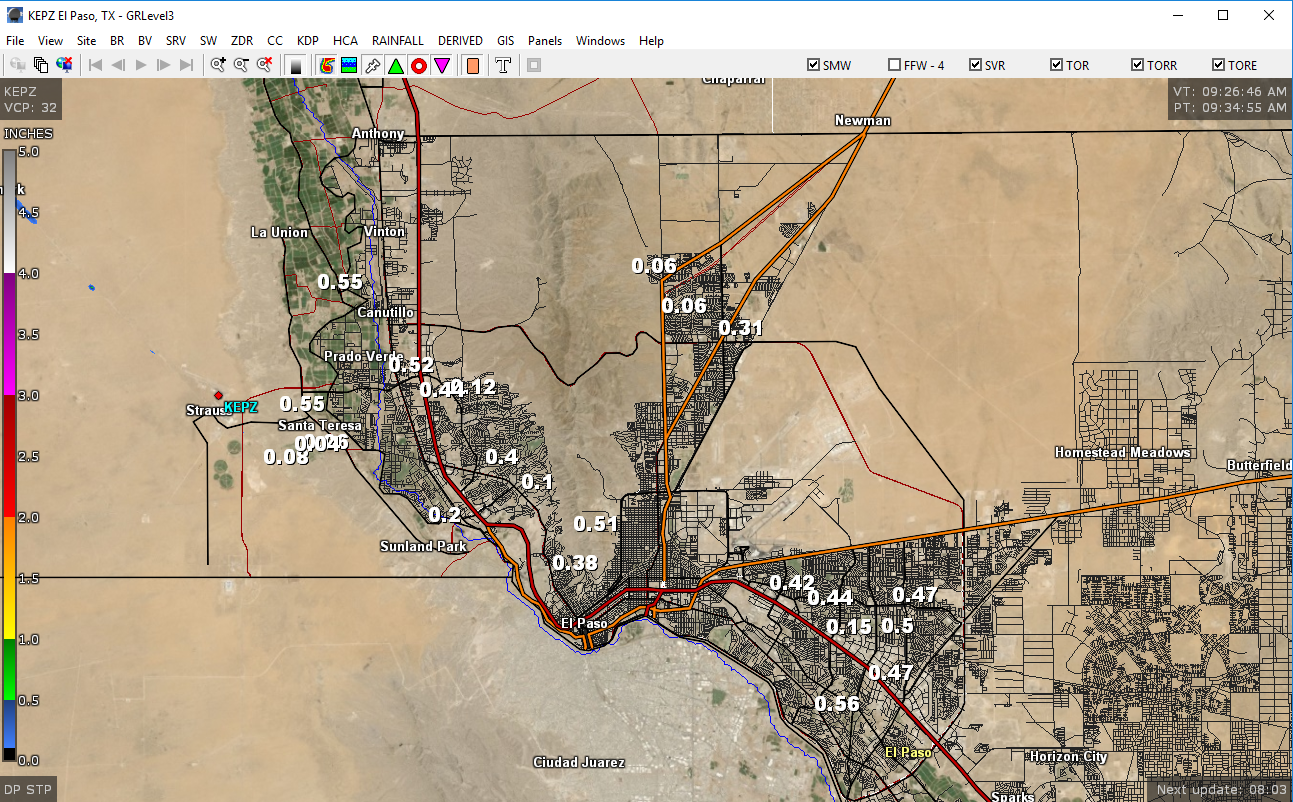

- #24 HOUR RAINFALL TOTALS KANSAS CITY MANUAL#
- #24 HOUR RAINFALL TOTALS KANSAS CITY FULL#
- #24 HOUR RAINFALL TOTALS KANSAS CITY DOWNLOAD#
Please review our full terms contained on our Terms of Service page. Since these data are preliminary and created. Click individual images for larger version click again or use arrow keys to step through the images. We further caution that our travel scores are only as good as the data that underpin them, that weather conditions at any given location and time are unpredictable and variable, and that the definition of the scores reflects a particular set of preferences that may not agree with those of any particular reader. These preliminary observed rainfall graphics are automatically updated every 6 hours to show the latest 6-, 12-, 18-, and 24-hour rainfall totals for standard periods. While having the tremendous advantages of temporal and spatial completeness, these reconstructions: (1) are based on computer models that may have model-based errors, (2) are coarsely sampled on a 50 km grid and are therefore unable to reconstruct the local variations of many microclimates, and (3) have particular difficulty with the weather in some coastal areas, especially small islands. We draw particular cautious attention to our reliance on the MERRA-2 model-based reconstructions for a number of important data series. We assume no responsibility for any decisions made on the basis of the content presented on this site. Weather data is prone to errors, outages, and other defects. The information on this site is provided as is, without any assurances as to its accuracy or suitability for any purpose. See all nearby weather stations Disclaimer offers a better choice for locating a broad range of stations with hourly and better data, but Kelsey may do best to start with the QCed hourly data from the airports.The details of the data sources used for this report can be found on the Kansas City International Airport page. Some of the stations may have higher resolution records, but not via that network. Muhammed - to my knowledge, CoCoRaHS collects daily data.
#24 HOUR RAINFALL TOTALS KANSAS CITY DOWNLOAD#
NetSTORM can download and pre-process the data - use KMKC to retrieve data for downtown, KMCI for MCI. It often matches the hourly and daily datasets, but not always. The NOAA Metadata Repository can inform you how data has been collected at a site over time.ġ-minute ASOS data is not quality controlled. There's recent data for the downtown airport, but not necessarily of the same quality as MCI. Kansas City has complete hourly digital data from 1948 through the present, although the principal station moved from the old airport to the current location in November 1972. As it only rains about 450 hours per year in KC, "coverage" is about 5%. The temporal coverage statistic on the NOAA website is misleading - it indicates the fraction of the time with non-zero data. There are methods to disaggregate rainfall into smaller timesteps, but these aren't really of much value for daily rainfall. You may end up will 100% loss due to infiltration or evaporation, and your receiving system won't show much response. For most smaller scale stormwater models, daily or 24 hour rainfall is averaged over just too long a period. Just an FYI, daily rainfall won't do very much for you except for a large scale water balance. The precipitation imagery displays precipitation estimates in colorized contoured bands by interpreting the intensity levels of NOWrad mosaic radar into rainfall estimates each hour. You'll want to identify a large storm event at a nearby gage to help verify this. 5-6 inches per hour for a shorter 5-10 minute timestep would be considered insignificant). 5-6 inches in one day would be a significant storm but 5-6 inches per hour intensity for a sustained 24 hour period would be off the charts except in Monsoon areas. The magnitude of numbers may tip you off (i.e. You'll need to find another source of daily rainfall depth to confirm what you have (volume aka depth, or intensity), perhaps a nearby gage. The rainfall timeseries time interval is input for each gage as the 'Rain Interval' variable, either as decimal hours or hh:mm (if you have 24 hour data, then would enter interval of '24.0' or '24:00') You data could be VOLUME format with a 24 hour interval. CUMULATIVE (in total inches or mm over the timeseries).VOLUME (in inches or mm per elapsed time period of timeseries).
#24 HOUR RAINFALL TOTALS KANSAS CITY MANUAL#
See SWMM 5.1 manual Appendix B and D regarding the Rain Gage object.


 0 kommentar(er)
0 kommentar(er)
